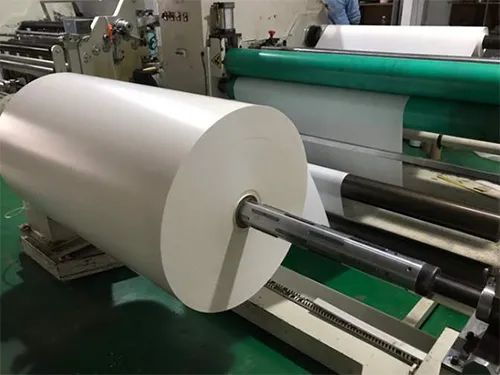

Hotline:0755-22277778
Tel:0755-22277778
Mobile:13826586185(Mr.Duan)
Fax:0755-22277776
E-mail:duanlian@xianjinyuan.cn
PI film vacuum electroplating and chemical electroplating of copper
PI film has a wide range of applications, including electronics, electrical appliances, automobiles, and other fields. PI film is a high-performance polymer material with excellent electrical properties, high temperature and radiation resistance, good chemical stability, and good insulation properties. In recent years, due to significant advances in the manufacturing technology of polyimide materials, they have been widely used in the electronics industry, such as for printed circuit boards (PCBs). PI film can also be used to manufacture optical thin films, such as holographic anti-counterfeiting films and photochromic films. There are two methods for surface treatment of PI film, namely vacuum plating and chemical plating.

Brief introduction
due to PI filmThe surface is very smooth without pores, making it difficult to perform vacuum plating. If vacuum electroplating is to be carried out, the PI film needs to be surface treated in a vacuum environment. Chemical electroplating is the process of treating the surface of PI film using chemical principles. Chemical plating solution is generally composed of chromate, aminosulfonic acid, etc.
2、 Process flow
PI film vacuum electroplating process: Roll the PI film into a roll and place it on a workbench with a heating device. Heat a circular rod with a diameter of 20 mm to 85-95 ℃ and maintain this temperature for 8-12 hours. Place the PI film in a vacuum chamber and create a vacuum at 120-125 ℃. Inject gas through a high-pressure container at a speed of 10 mm/min. Then roll the film into a cylindrical shape and wrap both ends tightly together, then wrap it with a circular metal plate and place it in a vacuum chamber. Place the film roll in a closed container and heat it to 80-90 ℃ to rapidly harden it.
3、 Equipment configuration and requirements
1. Vacuum electroplating: mainly includes vacuum electroplating kettle, vacuum pumping device, high-voltage power supply, and electroplating operation control system.
2. Chemical plating: mainly includes chemical plating reactor, plating tank, rectification device, pre copper plating solution supply device, etc.
3. Preparation of electroless copper plating solution: mainly includes raw materials and additives, such as copper and silver nitrate (AgNO3). Among them, the concentration of silver nitrate (AgNO3) is 1-2%, The pH value is between 5.0 and 7.0. The amount of solution required is equal to the amount used each time multiplied by the amount added.
The general reaction time is 8-10 minutes.
4、 Control of Electroplating Quality
If vacuum electroplating is used, metal deposition can be directly controlled in a sealed container with a vacuum degree of 10-30 Pa. This can make the surface of the coating highly smooth without the need to control surface roughness by changing the composition of the plating solution. But if chemical electroplating is used, the depth of metal deposition in the plating solution needs to be controlled through the following steps:
Firstly, clean the impurities on the surface of the film before electroplating, and then use the chemical copper plating process for electroplating.
During the electroplating process, the proportion of various additives in the plating solution should be adjusted appropriately to obtain a thicker and more uniform coating.
Finally, surface treatment must be carried out to remove impurities and transform the film surface into a thinner metal coating.
For vacuum electroplating and chemical electroplating, it is best to switch between the two methods. Because for chemical electroplating, the process of chemical copper plating often requires a longer time to deposit metal.
5、 Application scope
1. Used for automobiles as insulation materials;
In the electronics industry, it can be used for PCB and as an insulation material in the production process;
3. Used for optical switches and can be used as photoelectric conversion materials;
4. Used as heat sealing material in the packaging industry.
In addition, polyimide film can also be used to produce film switches. This type of membrane switch has advantages such as UV resistance, high temperature resistance, and low loss, and can be applied in fields such as automobiles, home appliances, aerospace, etc. This type of membrane switch can reduce noise and prevent the influence of electromagnetic radiation.

Advanced Institute (Shenzhen) Technology Co., Ltd, © two thousand and twenty-onewww.avanzado.cn. All rights reservedGuangdong ICP No. 2021051947-1 © two thousand and twenty-onewww.xianjinyuan.cn. All rights reservedGuangdong ICP No. 2021051947-2